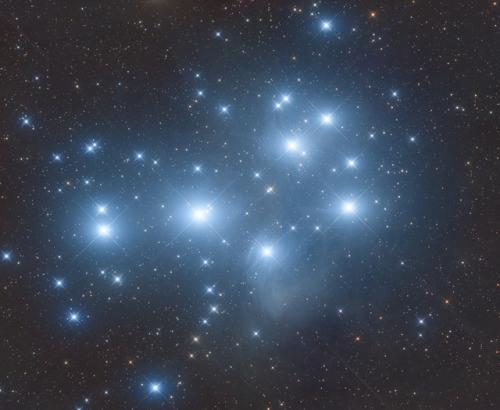Vibesss
Vibesss
More Posts from Tres-4b-blog and Others
ayeee it was worth it the teacher said my website was the best one and i got two A’s on it!! :))
finished a 4 hour html homework now i gotta study math and programming im gonna kms i swear

“I felt I was an accepted team member. It was a great experience and a unique opportunity.”
Ruth Ann Strunk, a math major, was hired in 1968 at NASA’s Kennedy Space Center as an acceptance checkout equipment software engineer. She monitored the work of contractors who wrote the computer programs designed to check out the command module, lunar module and the Apollo J mission experiments. These experiments were conducted aboard the service modules on Apollo 15, 16 and 17 by the command module pilots.
“I am proud of the advancement and the number of women who are working and enjoy working here,” Strunk said. “It was a wonderful opportunity NASA afforded me during Apollo that I have been able to use ever since.”
Remember the women who made #Apollo50th possible.
Follow Women@NASA for more stories like this one, and make sure to follow us on Tumblr for your regular dose of space: http://nasa.tumblr.com.

Like a paintbrush caressing the rings of Saturn, wee moon Daphnis has just enough gravity to make a ripple. (at NASA’s Cassini Mission to Saturn)
NASA's $850-million mission to Mars is about to launch — here are 12 incredible facts you probably didn't know about the red planet

Martian volcano Olympus Mons is more than twice as high as Hawaii’s Mauna Loa, the tallest mountain on Earth from top to bottom.

Compared to the Grand Canyon on Earth, Valles Marineris on Mars is nearly five times deeper, about four times longer, and 20 times wider.

The red planet doesn’t have plate tectonics, which is what causes most quakes on Earth. But rising plumes of magma could trigger Mars quakes, as could meteorite impacts and the contraction of the world due to cooling. InSight will listen for them with its seismometer.

Martian oceans also had tsunamis like those on Earth. The tallest may have reached as high as 400 feet, just slightly shorter than the London Eye.

Like Earth, Mars has ice caps at its poles. The northern cap is up to 2 miles deep, is a mix of water and carbon dioxide, and covers an area slightly larger than Texas.

The average surface temperature on Mars is -81˚F, 138 degrees chillier than on Earth. But on a mid-summer day at the red planet’s equator, temperatures can peak at a balmy 95˚F.

Billions of years ago, Mars had oceans and flowing water. But adding them up would give you just 1.5% of all water on Earth today.

Mars has almost as much surface as Earth has land — but that doesn’t account for the 71% of Earth that’s covered in water.

The Martian atmosphere is 61 times thinner than Earth’s, and it consists almost entirely of carbon dioxide, which makes up just 0.04% of Earth’s atmosphere.

On Earth, sunsets are a brilliant mix of reds, pinks, oranges, yellows, and other colors. But on Mars they’re blue. Because air is dozens of times less dense on the surface of Mars than it is on our planet, white sunlight refracts less — leading to fewer colors (primarily blues).

Missions to Mars have become much rarer — after 23 launches in the 1960s and 1970s, we’ve launched just 10 in the new millennium (so far).

Getting to Mars is hard: About a third of the missions launched have failed.

An Amazing Split View of the Milky Way and a pristine German river by hjalmar111
★☆★ SPACE ★☆★
-
 tres-4b-blog reblogged this · 6 years ago
tres-4b-blog reblogged this · 6 years ago -
 spicyrachdog reblogged this · 8 years ago
spicyrachdog reblogged this · 8 years ago -
 endlesstransitions liked this · 9 years ago
endlesstransitions liked this · 9 years ago -
 kingesclaw reblogged this · 9 years ago
kingesclaw reblogged this · 9 years ago -
 lngenuity reblogged this · 10 years ago
lngenuity reblogged this · 10 years ago -
 vyctornikiforov liked this · 10 years ago
vyctornikiforov liked this · 10 years ago -
 lone-lumino-liminality liked this · 10 years ago
lone-lumino-liminality liked this · 10 years ago -
 an1m3psycho liked this · 10 years ago
an1m3psycho liked this · 10 years ago -
 e-dric reblogged this · 10 years ago
e-dric reblogged this · 10 years ago -
 kreesperez liked this · 10 years ago
kreesperez liked this · 10 years ago





